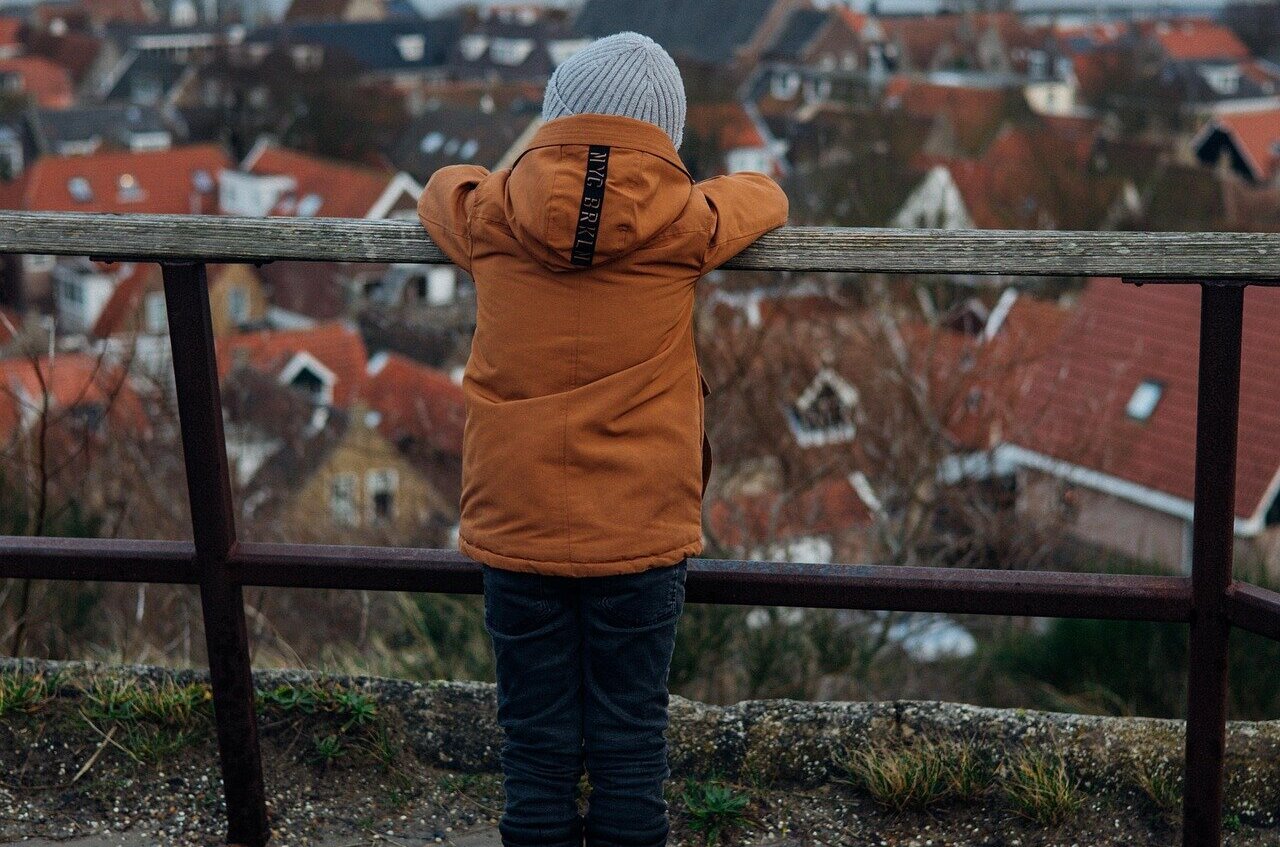Breaking the Cycle: How Helping Young Boys in Violent Homes Can Prevent Future Abuse

Adolescents raised in homes where their parents exhibit physical aggression toward one another have a 45% higher likelihood of perpetrating violence or abuse in their personal relationships later on, according to recent findings from the University of Bristol. These results were independent of other influences in these individuals' histories. The study implies that providing enhanced support for families with young boys living in such environments might help deter certain instances of future domestic violence or mistreatment.
Utilizing information from 3,243 households within the Children of the 90s study based in Bristol, investigators calculated the likelihood of intimate partner violence and abuse (IPVA) faced by both young females and males between the ages of 18 and 21. This assessment was made relative to whether these individuals’ mothers had experienced or committed IPVA before turning 18, with analysis conducted across all types as well as each specific subtype: physical, sexual, and psychological IPVA.
The study, available on the SSRN A preprint server revealed the most significant connection existed between physically violent parents' behavior (IPVA) and aggression among young men. Specifically, individuals exposed to their parent’s violence were 45% more prone to commit acts of IPVA than those who weren’t subjected to similar familial environments. These findings took into account various factors like socioeconomic status and educational level within families.
The study suggested that this form of parental IPV was responsible for as many as one out of every ten instances of violent behavior among young men. Most of these incidents involved young males who had been exposed to both forms of parental physical IPV and had also experienced mistreatment during their upbringing.
Domestic violence and abuse (DVA), which encompasses physical, sexual, or psychological harm (along with control tactics) inflicted by present or former romantic partners, impacts one out of every three women worldwide, potentially causing long-lasting physical and mental damage that can span multiple generations. Approximately one-quarter of adults in the UK report having lived in a home affected by DVA during their upbringing.
Connections between parental intimate partner violence (IPV) and IPV among young adults have been identified in prior research conducted in various nations; however, these findings often depend on individuals remembering instances of such behavior they observed during their childhood many years ago.
The objective of this research was to obtain a more dependable assessment of the connection between parental IPVA and young adult IPVA, with parental IPVA being documented by the parents themselves at that time, particularly focusing on a UK-based demographic.
The study also examined how various adverse childhood experiences (ACEs), including child abuse or neglect, and issues related to parents' mental well-being, might contribute to this increased risk. It noted that these ACEs tend to be more prevalent among families where one or both parents have an issue with intimate partner violence and alcohol use (IPVA).
Dr. Annie Herbert, who holds the position of Sir Henry Wellcome Research Fellow at the MRC Integrative Epidemiology Unit within Bristol Medical School’s Population Health Sciences (PHS) department, and is also the principal investigator of this research, commented, “The data we collected implies that programs designed to lower the risk factors for IPVA should focus on younger males. Such initiatives might include educating them on managing tough feelings constructively or resolving conflicts healthily, along with imparting knowledge about maintaining respectful partnerships.”
Support services for families dealing with IPVA should take into account broader adversities that heighten the risk of experiencing future IPVA outcomes.
The research team recommends additional studies to gain a deeper understanding of the connections between parental physical IPV and subsequent perpetration, along with effective intervention strategies. This would require extensive data sets that comprehensively capture such information, coupled with thorough insights from at-risk families.
Up to 10% of violent behavior among young males can be attributed to physical parental involvement in intimate partner violence (IPV), yet the remaining 90%, which cannot be explained by this factor alone, underscores the necessity for further investigation into additional risk factors.
More information: Annie Herbert and colleagues conducted a study titled "The Effect of Parental Intimate Partner Violence and Abuse (IPVA) on IPVA in Young Adults' Relationships Over Two Decades: A UK General Population Cohort Study." SSRN (2024). DOI: 10.2139/ssrn.4902604
Furnished by the University of Bristol
This tale was initially released on https://smarthealthradar2025.blogspot.com/ . Subscribe to our newsletter For the most recent science and technology news updates.
Post a Comment for "Breaking the Cycle: How Helping Young Boys in Violent Homes Can Prevent Future Abuse"